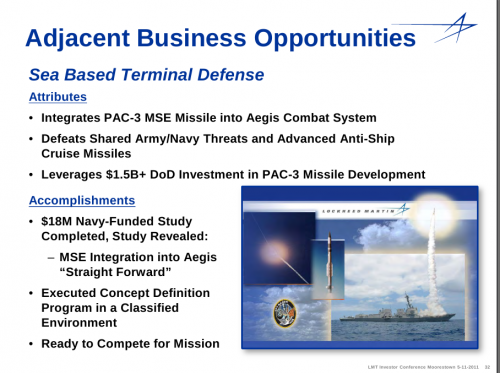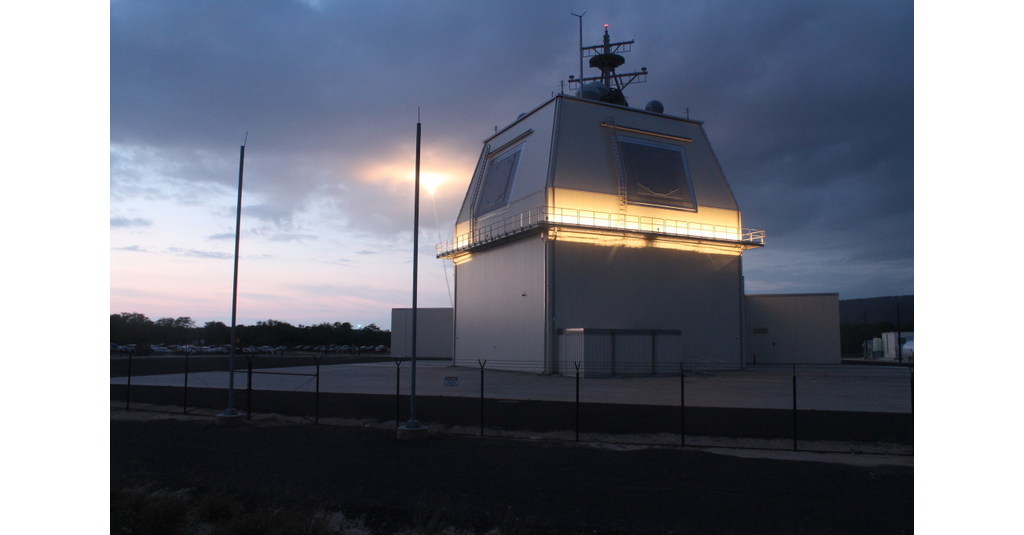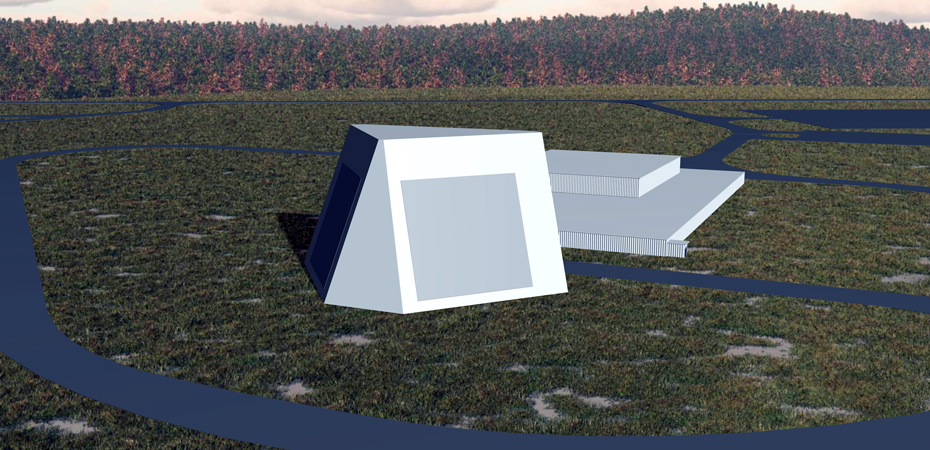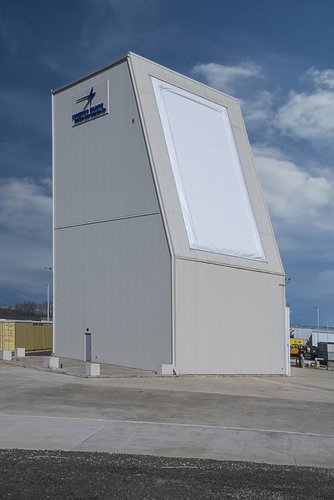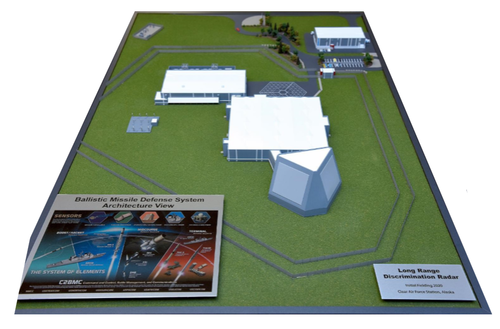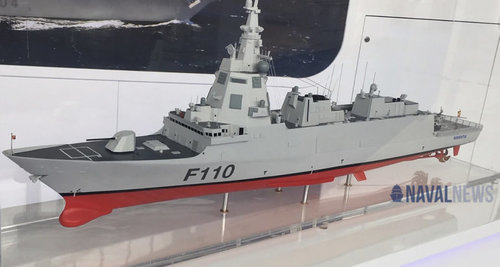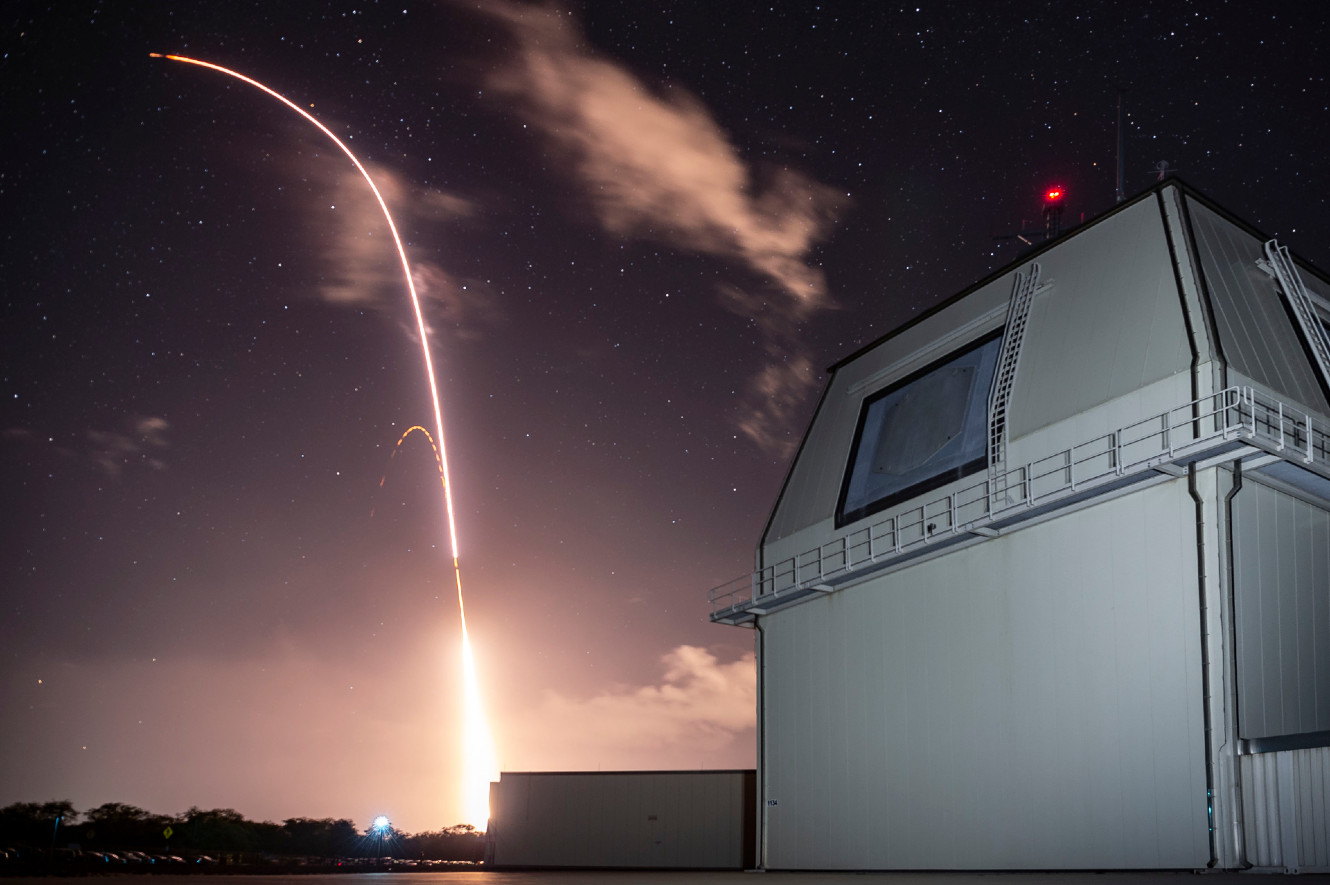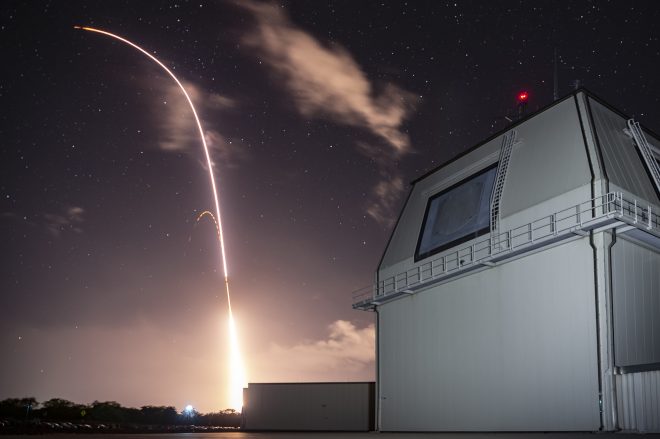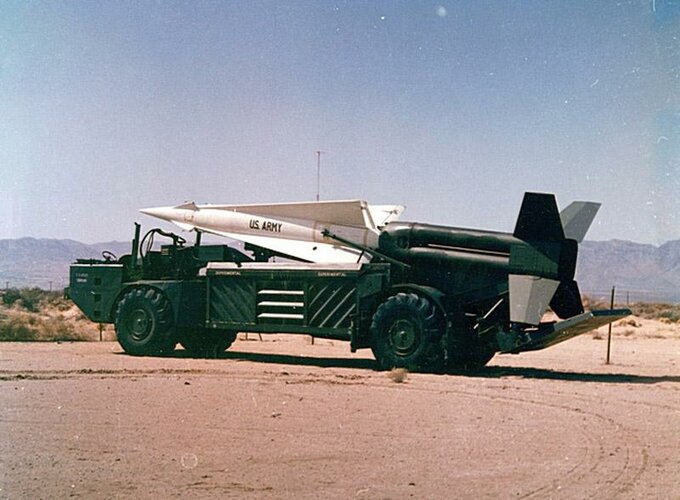TOKYO—Japan suspended plans to introduce a multibillion-dollar American missile-defense system, citing major new costs and delays from modifications needed to ensure rocket debris from the system doesn’t endanger local residents.
Two Aegis Ashore batteries were scheduled to be deployed around 2025 in southern and northern Japan that would provide the country with a new layer of defense against ballistic missiles.
Japan agreed to buy the system, made by
Lockheed Martin Corp., in 2017 for
an initial price-tag of $2.1 billion as concerns rose about the threat from North Korean missiles and as President Trump called for allies such as Japan to buy more American defense hardware.
However, Japan’s defense ministry said on Monday that following talks with the U.S. this year, it became clear that significant hardware changes were needed to ensure that rocket boosters from interceptor missiles fired from the batteries fall in designated safe areas. The interceptors are designed to smash into and destroy incoming ballistic missiles.
The changes would be expensive and take considerable time, the ministry said, without providing specific details. The plans will now be referred to the National Security Council, headed by Prime Minister Shinzo Abe, for further discussion.
“Due to considerations of cost and timing, we have stopped the process of introducing the Aegis Ashore system,” Defense Minister Taro Kono told reporters.
Lockheed Martin said in a statement it was prepared to address any concerns of the Japanese government, while the State Department didn’t respond to a request for comment.
The cost of Japan’s Aegis Ashore system had already risen sharply, setting it up as one of the country’s most expensive defense purchases. Mr. Abe has ramped up military spending in recent years, mostly on U.S. hardware such as F-35 jet fighters.
Aegis Ashore would provide Japan with a fixed shield against ballistic missiles, supplementing its ship-based Aegis missile-defense system and land-based PAC-3 systems.
The defense ministry has faced particularly strong opposition in the northern prefecture of Akita to its proposal to locate one of the two new batteries there. Residents raised concerns about the electromagnetic waves from the system’s strong radar and the possibility of the area becoming a military target because of the proposed facility.
Difficulties for the government increased when an independent candidate who campaigned against the Aegis base won election to Japan’s Upper House of parliament to represent Akita last year.
The defense ministry had told residents in Akita that rocket-booster debris would fall into the sea, but on Monday confirmed that hardware changes would be needed to guarantee that would happen.
The ministry was also forced to backtrack after reassuring people living near the site for the second battery in the southern prefecture of Yamaguchi that debris would fall inside a military base.
Yoji Koda, a retired Japanese vice admiral, said the ministry was too lax in its approach to the project. He said possible alternative solutions are for the ministry to buy land where rocket boosters might fall if the system isn’t modified, or to select new sites for the batteries. But he added that the relationship with local communities would be even more difficult now.
“The ministry has ruined mutual trust,” he said.
Write to Alastair Gale at
alastair.gale@wsj.com and Chieko Tsuneoka at
chieko.Tsuneoka@dowjones.com

